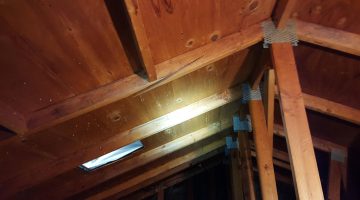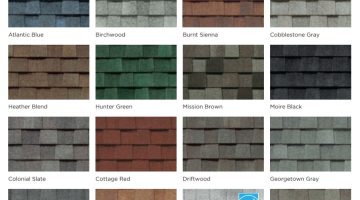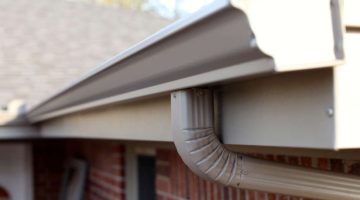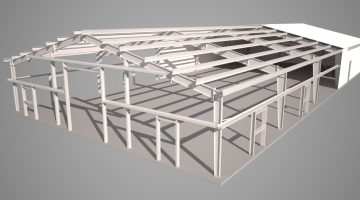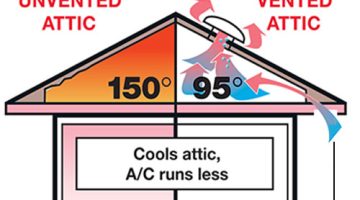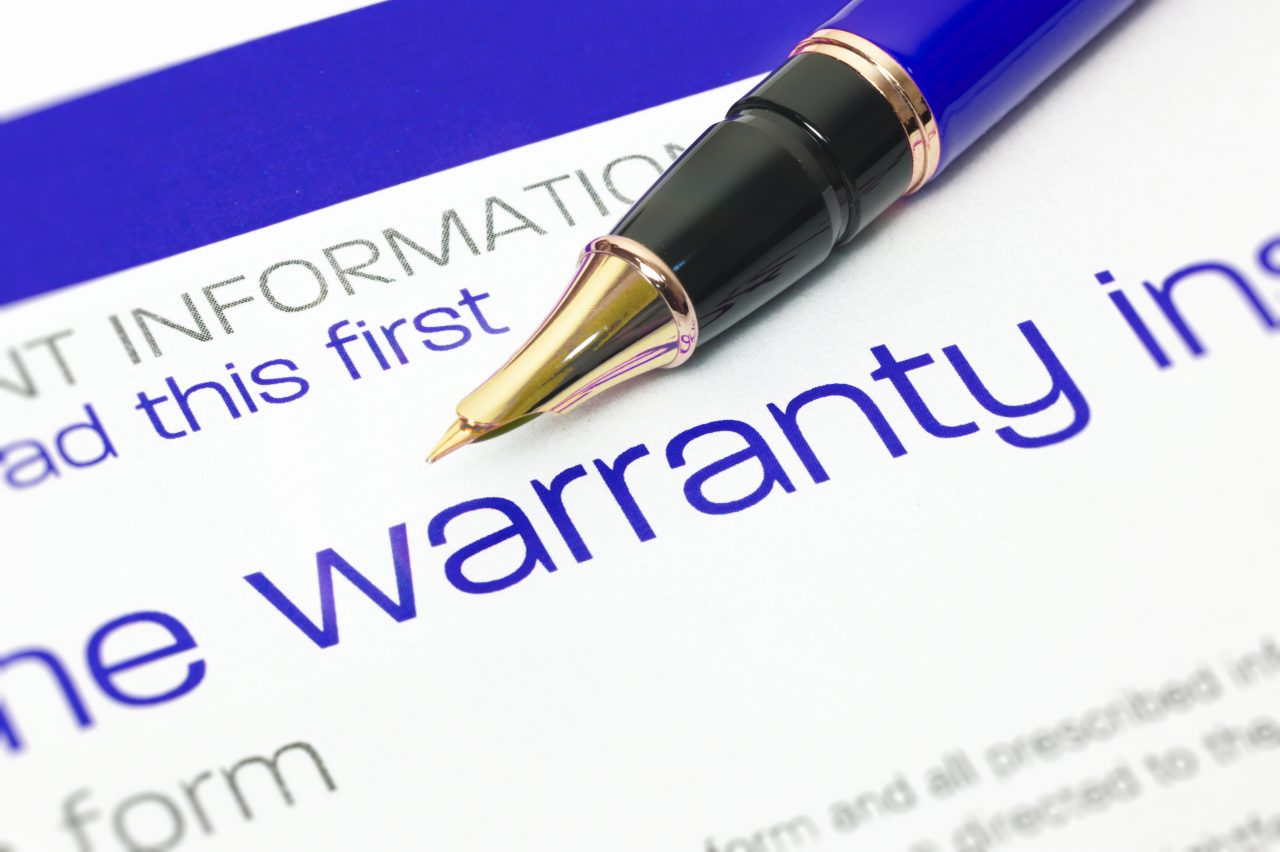
Introduction: When it comes to protecting our homes, few elements are as crucial as the roof. It shields us from the elements and provides safety and comfort. However, like any other part of a house, roofs are subject to wear and tear over time. To ensure the longevity and performance of a roof, manufacturers offer warranties and guarantees. Understanding these provisions is vital for homeowners, enabling them to make informed decisions, ensure adequate coverage, and maintain the overall value of their property.
- Defining Roof Warranties: Roof warranties are legal agreements between a homeowner and a roofing manufacturer or contractor. They outline the terms and conditions under which the manufacturer guarantees the performance, durability, and functionality of their roofing materials or workmanship. These warranties typically come in two forms: material warranties and workmanship warranties.
a) Material Warranties: Material warranties cover defects in the roofing materials used in the installation. They vary in duration and coverage, typically ranging from 10 to 50 years, depending on the manufacturer and product. Material warranties protect against manufacturing defects, premature deterioration, and damage caused by weather conditions within specific limitations.
b) Workmanship Warranties: Workmanship warranties, on the other hand, focus on the quality of the installation itself. These warranties are provided by roofing contractors and cover issues related to the installation process, such as leaks, improper flashing, or faulty sealing. Workmanship warranties typically range from one to ten years, depending on the contractor and the terms agreed upon.
- Understanding Guarantees: While warranties are offered by manufacturers and contractors, guarantees are additional protections provided by certain roofing companies. Guarantees often go beyond warranties in terms of coverage and duration. They are a testament to the contractor’s confidence in their work and may offer benefits such as extended coverage, free repairs, or even full replacements within a specified period.
- Limitations and Exclusions: It is essential to thoroughly review the terms, limitations, and exclusions outlined in roof warranties and guarantees. While these provisions offer protection, they often come with conditions that need to be met for the coverage to apply. Common limitations include inadequate maintenance, improper repairs or modifications, acts of nature (such as hurricanes or earthquakes), or damage caused by neglect or accidents. It is crucial to understand these limitations to avoid voiding the warranty unintentionally.
- Transferability and Proration: Many roof warranties and guarantees are transferable if the property is sold, providing added value to the homeowner and potential buyers. However, certain warranties may require specific conditions or paperwork to ensure the transfer is valid. Additionally, some warranties and guarantees may be prorated, meaning the coverage diminishes over time as the roof ages. Homeowners should be aware of these factors when considering the overall value and duration of the coverage.
- Taking Advantage of Roof Warranties and Guarantees: To make the most of roof warranties and guarantees, homeowners should take proactive steps:
a) Choose a reputable contractor: Opting for a licensed and certified contractor with a track record of quality workmanship ensures a strong warranty or guarantee provision.
b) Read and understand the terms: Carefully review all the documentation provided, paying attention to the duration, coverage, limitations, exclusions, and transferability.
c) Maintain regular inspections and maintenance: Adhering to the manufacturer’s recommended maintenance guidelines will help prevent issues and keep the warranty or guarantee intact.
d) Promptly address problems: If any issues arise during the warranty or guarantee period, notify the manufacturer or contractor promptly to initiate the resolution process.
Conclusion: Roof warranties and guarantees offer homeowners peace of mind and protection against potential issues with their roofing systems. Understanding the terms, limitations, and conditions associated with these provisions is crucial for homeowners to make informed decisions.


